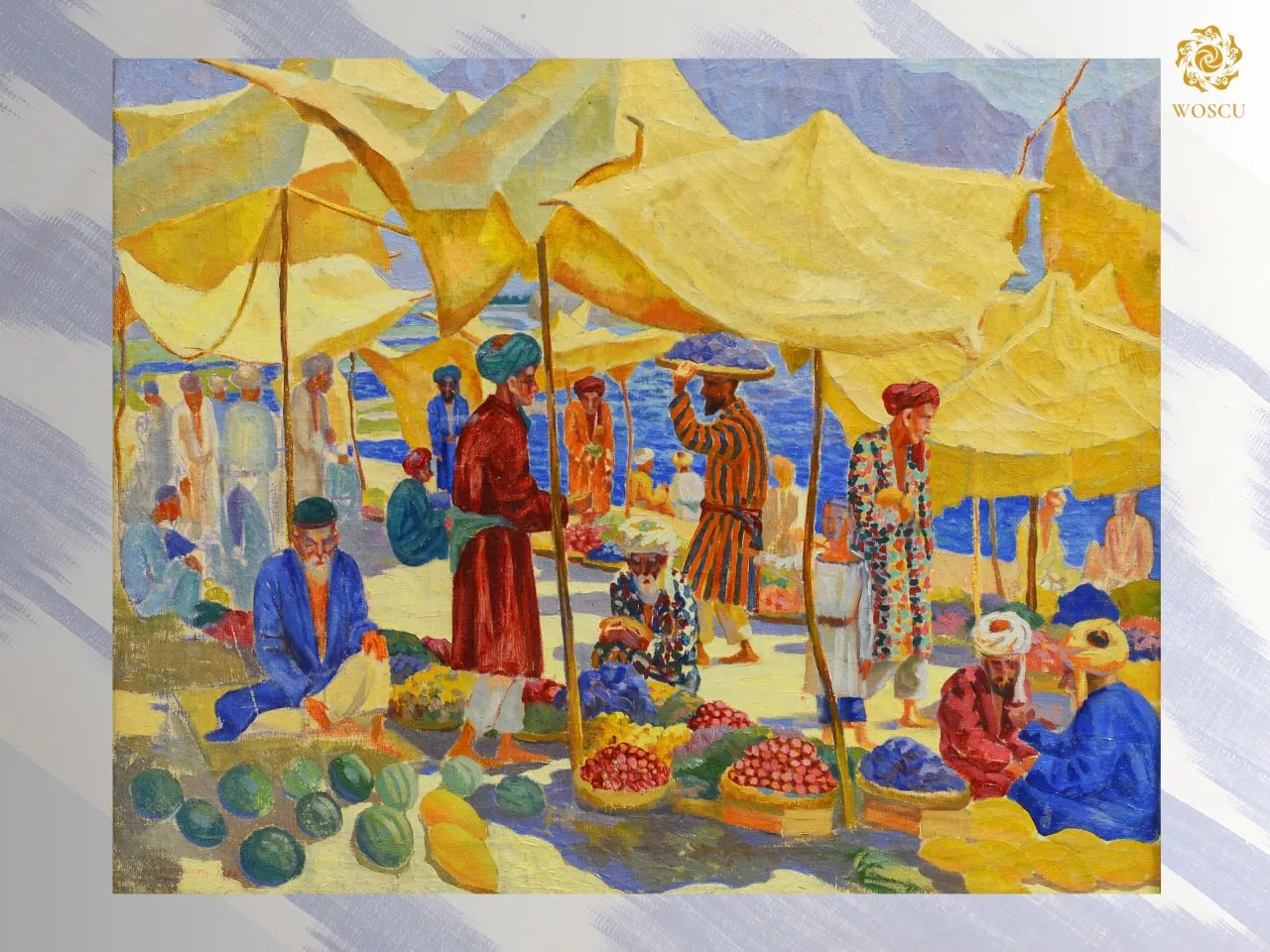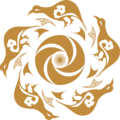
His decorative works are reminiscent of folk art: oriental carpets, Persian miniatures conveying the spirit of the Orient, while at the same time becoming a phenomenon in European art.
Or Paul Gauguin, who while living in Tahiti and having been inspired by what the French called “heaven on earth”, created his poetic world of “legends and facts, hopes and realities, of the past and the present”.
Similar to the way the French artists searched for inspiration in Tahaiti, Algeria and Morocco, Russian artists also explored the Oriental outskirts of the Russian Empire. The first easel artists of the Turkestan region were Russian artists trained the St. Petersburg Academy of Arts: V. Vereshchagin, N. Karazin, R. Zommer, S. Dudin, S. Yudin, L. Bure, I. Kazakov, and V. Razvadovsky.
The main concept of their work was ethnographic realism, which allowed for a skilful depiction of architectural monuments, particularities of everyday life, the traditional way of life, the arts, and the ethnic and religious culture of local peoples in easel paintings. Thanks to their work, Turkestan’s public was introduced to European art forms, art studios were opened, painting exhibitionions were held, and a “Society of Fine Arts and Artisanal Industry” was created, as was the Tashkent Regional Museum.
You can learn more about this topic in the book-album "The Collection of Art in the State Tretyakov Gallery" (Volume III) (Moscow, Russia) from the series "The Cultural Legacy of Uzbekistan".
The general sponsor of the project is the oilfield services company Eriell-Group.
